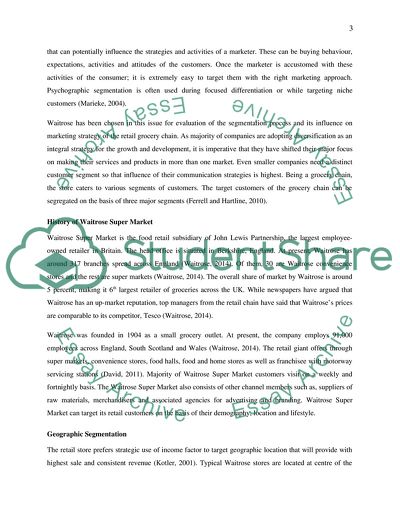Cite this document
(The relevance of Segmentation to Waitrose SuperMraket(Explain the Essay, n.d.)
The relevance of Segmentation to Waitrose SuperMraket(Explain the Essay. https://studentshare.org/marketing/1832412-the-relevance-of-segmentation-to-waitrose-supermraketexplain-the-relevance-of-segmentation-to-the-21st-century-business-of-your-choice
The relevance of Segmentation to Waitrose SuperMraket(Explain the Essay. https://studentshare.org/marketing/1832412-the-relevance-of-segmentation-to-waitrose-supermraketexplain-the-relevance-of-segmentation-to-the-21st-century-business-of-your-choice
(The Relevance of Segmentation to Waitrose SuperMraket(Explain the Essay)
The Relevance of Segmentation to Waitrose SuperMraket(Explain the Essay. https://studentshare.org/marketing/1832412-the-relevance-of-segmentation-to-waitrose-supermraketexplain-the-relevance-of-segmentation-to-the-21st-century-business-of-your-choice.
The Relevance of Segmentation to Waitrose SuperMraket(Explain the Essay. https://studentshare.org/marketing/1832412-the-relevance-of-segmentation-to-waitrose-supermraketexplain-the-relevance-of-segmentation-to-the-21st-century-business-of-your-choice.
“The Relevance of Segmentation to Waitrose SuperMraket(Explain the Essay”. https://studentshare.org/marketing/1832412-the-relevance-of-segmentation-to-waitrose-supermraketexplain-the-relevance-of-segmentation-to-the-21st-century-business-of-your-choice.


